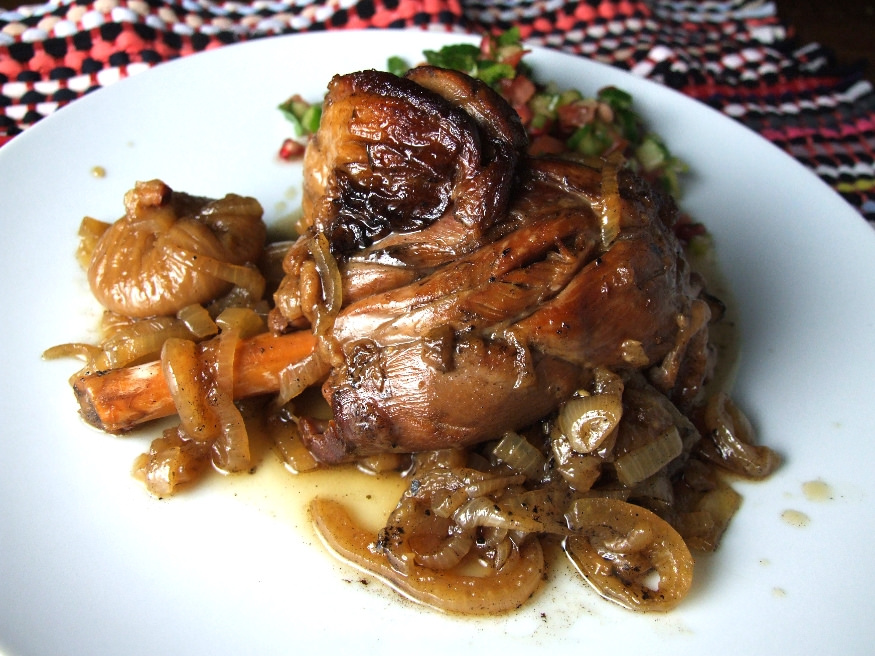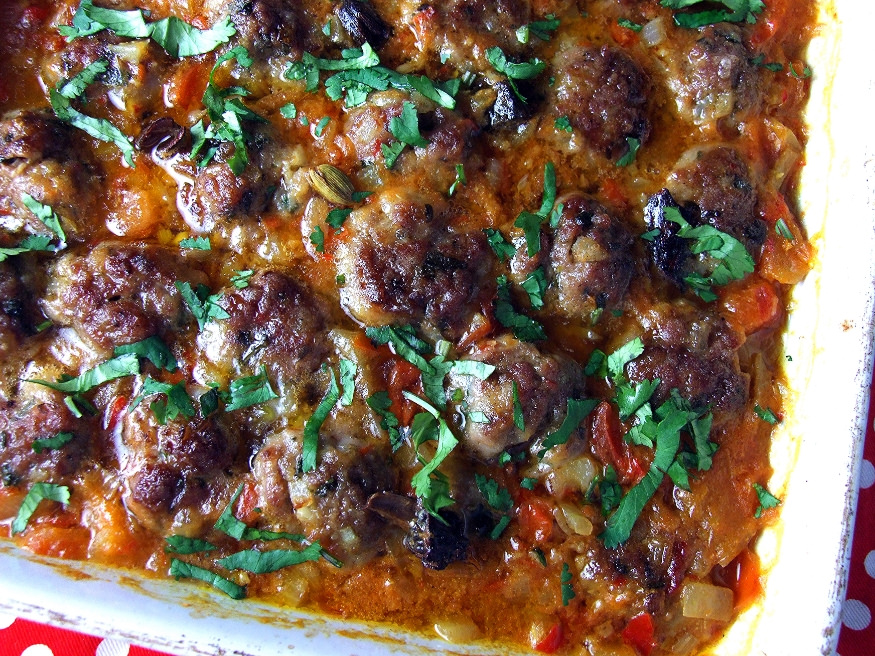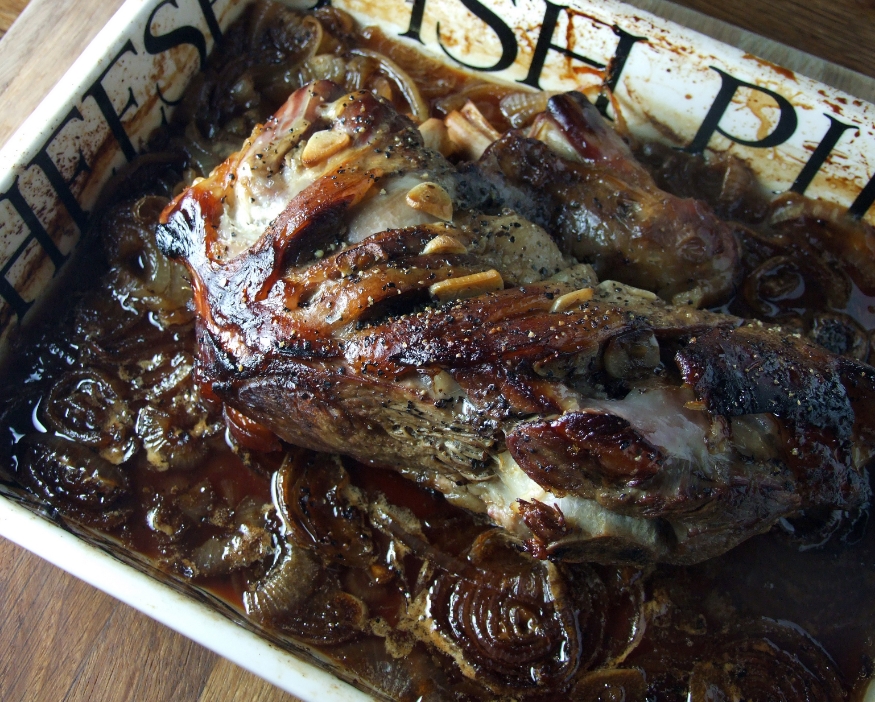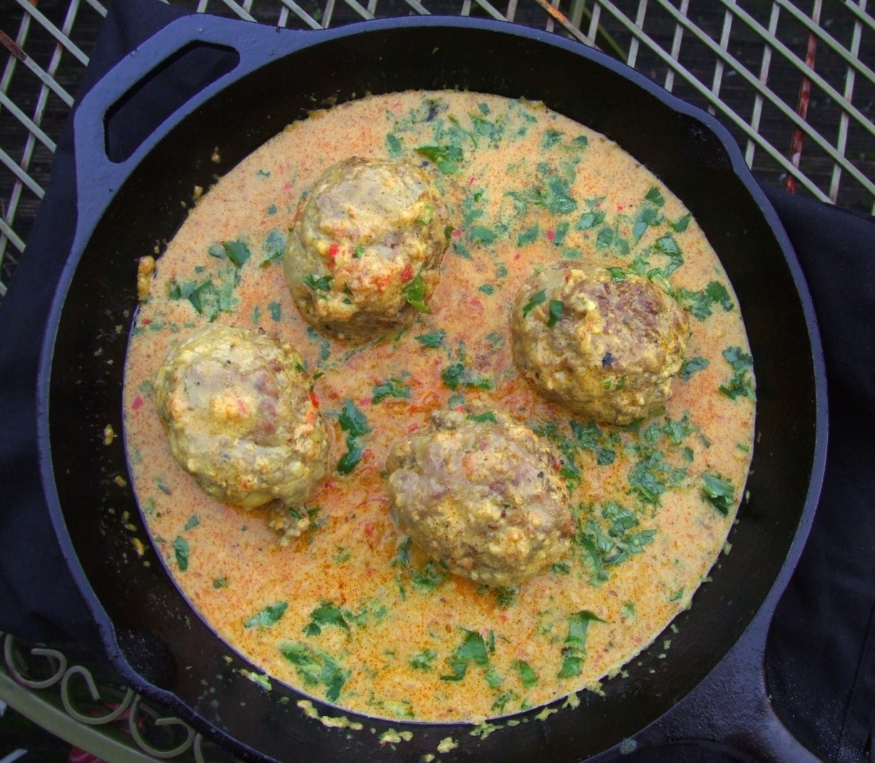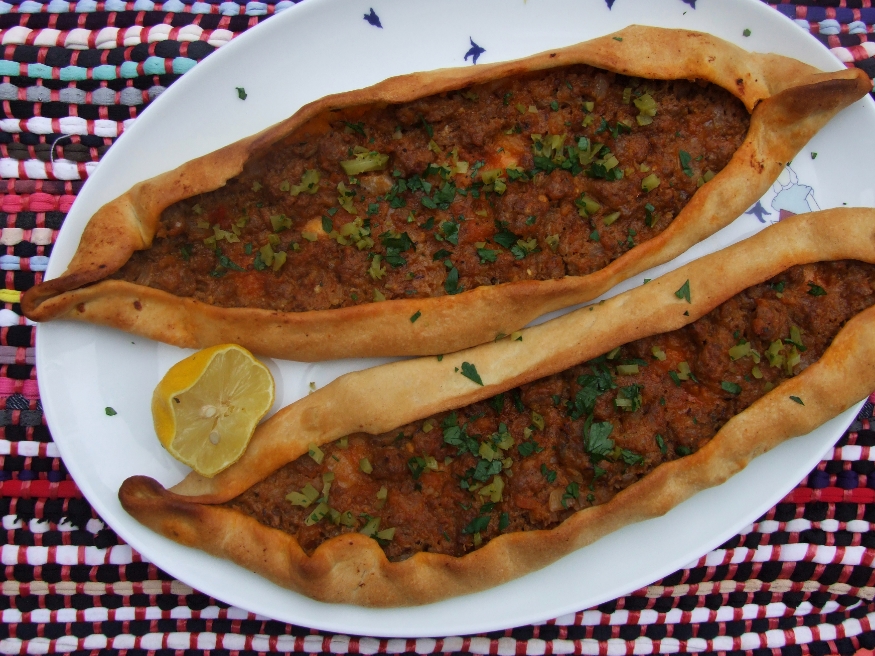
I’ve got a new oven. This is brilliant for 2 reasons. Firstly, it’s all clean and shiny; I mean, how often does your oven look clean and shiny on the inside? Not very often I think you’ll find. Not if you’re a slovenly layabout like me anyway. Second, my old oven was, quite frankly, a piece of shit. It had no numbers on the temperature dial and no symbols for the oven settings and it cooked unevenly so that everything had to be turned around halfway through or it would burn on one side – not exactly ideal.
So, I cooked pide in my swanky new oven; I made nice, evenly cooked pide and I knew exactly what temperature I was cooking them at by means of the lovely little digital display (imagine my panic when I saw the temp dial had no numbers around the outside). That’s 15 minutes at 220C, in case you’re wondering.
Pide are rather similar to lahmacun* and are apparently sold on every street corner in their homeland. I topped mine with aubergine (which I blackened on the gas hob before scooping out the smoky flesh); lamb, minced; spices like coriander, cumin and cinnamon; onion, garlic and a little tomato. At one point I was feeling particularly rock and roll and recklessly squeezed in some incredible Le Phare du Cap Bon harissa (from The Good Fork – they have some great stuff, like sardine spread, which is impossible to stop eating). Very spicy indeed. You could also use the fiery red pepper paste found in Middle Eastern shops or failing that just a decent amount of chopped red chilli.
I garnished the finished pide with diced Persian pickles (dill pickles would make a nice substitute), a sprinkle of lemon juice and some parsley. These things are essential for distracting from the richness of the lamb. The dough is a piece of piddle too. Well, it is if you have an electric mixer, anyway. It was thin, yet soft – extremely easy to demolish.
The end result is a bit like a banana shaped pizza. A delicious, meat-smeared boat of soft, spicy flatbread. Very evenly cooked.
*If you like the look of this, you’ll probably also like the look of my similar, Peckham Pizza.
Smoky Aubergine and Lamb Pide
(makes 4)
For the topping:
1 large-ish aubergine
250g minced lamb
1/2 onion, finely chopped
1/2 teaspoon coriander seeds
1/2 teaspoon cumin seeds
Pinch ground cinnamon
1 clove garlic, crushed
2 tomatoes
A squeeze of tomato puree
2 red chillies (or a squeeze of very good quality, hot harissa)
To garnish:
Chopped pickled cucumbers, chopped parsley and lemon juice
Place the aubergine on the ring of a gas hob on a low heat (or under the grill), turning often, until completely blackened and collapsed. I think the hob gets a more smoky flavour but it sure as hell makes a mess. Once cool enough, scrape out the flesh, taking care to avoid any pieces of black skin. Finely chop the flesh. Set aside and discard the skins.
Skin the tomatoes by scoring a cross in the bottom and covering with boiling water for a couple of minutes. Drain, peel away the skin and chop finely. Toast the cumin and coriander seeds in a dry pan over a low heat, moving them around; when they start to smell fragrant, tip them into a pestle and mortar or spice grinder and grind to a powder.
Sauté the onions in a little oil and when soft, add the chilli and garlic and continue cooking for 30 seconds or so, stirring. Add the spices and stir again for another 30 seconds. Add the lamb and cook, breaking up the meat with a spoon, until it is all brown and cooked through. Add the tomatoes and aubergine flesh and cook for about 10-15 minutes, until any excess liquid has cooked out. Taste and season with salt and pepper. The topping is now ready so allow it to cool.
For the dough:
For the dough I used a recipe I found online which I now can’t locate for the life of me. If it’s your recipe, I’m sorry! I’ll reproduce it here anyway.
1 x 7g sachet fast action dried yeast
1 teaspoon sugar
150ml warm water
300g plain flour
1 teaspoon salt
2.5 tablespoons olive oil + more for brushing
Mix the yeast and sugar with the warm water. You want warm water, not hot, as it will kill the yeast. Leave it to one side to activate. When it’s ready (in about 5 minutes), it should be very frothy on top. If not, your water wasn’t warm enough or it was too hot – start again.
Sift the flour and salt into the bowl of an electric mixer or large mixing bowl. Add the yeast mixture and oil. If using a mixer, set it on low speed for 10 minutes until you have a smooth, elastic dough. If mixing my hand, you’re going to have to knead it until you have the same result.
Put the dough in a lightly oiled bowl and cover with a damp tea towel. Let it rise for about half an hour, or until doubled in size. Knock back the dough then cut into 4 pieces. Roll each piece out into a rectangle with tapered ends (much easier than it sounds – they don’t need to be neat at all).
Preheat the oven to 220C
Put each rectangle onto a baking tray lined with baking paper and then smear the topping over each, spreading it evenly. Fold up the sides of each pide and crimp at the ends. Brush the edges with olive oil and bake for 15 minutes. Brush the crust with olive oil once more when cooked. Sprinkle with the garnish and serve.
